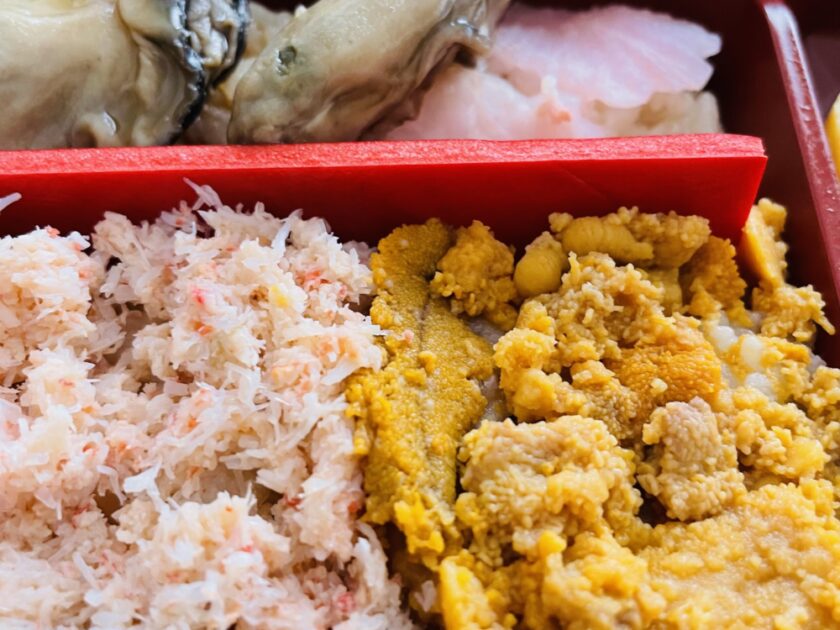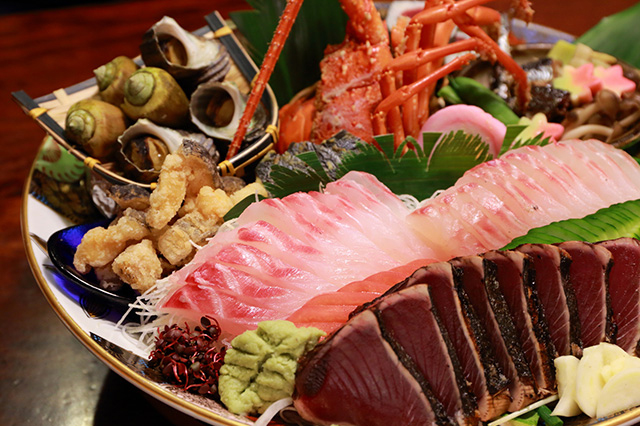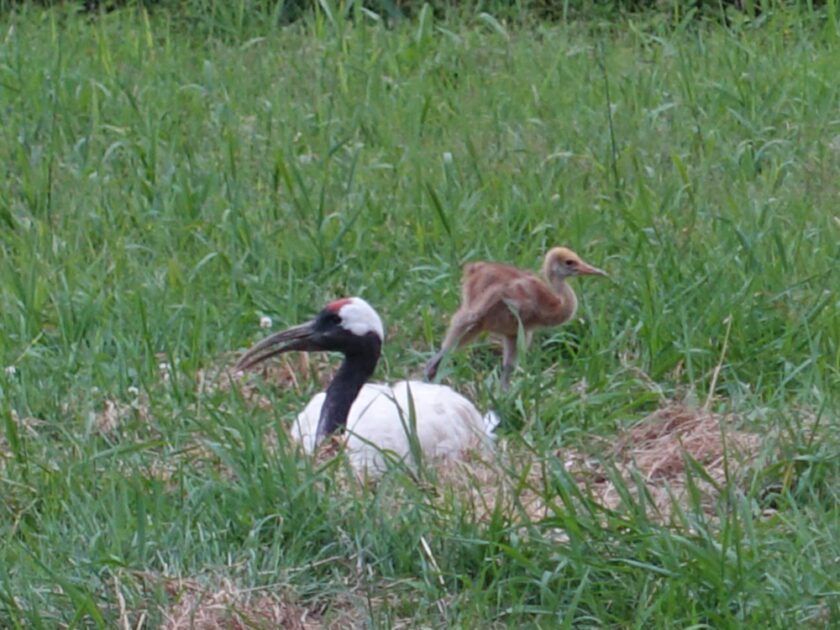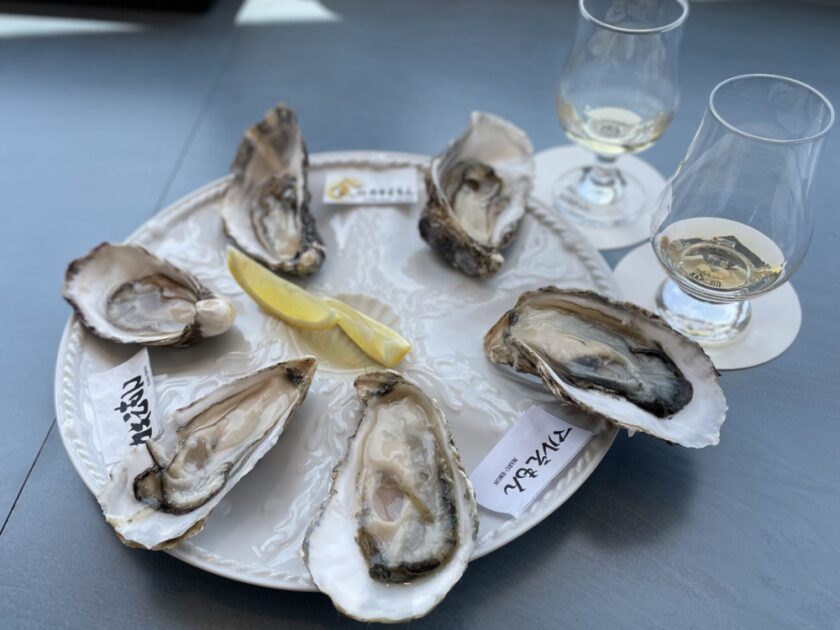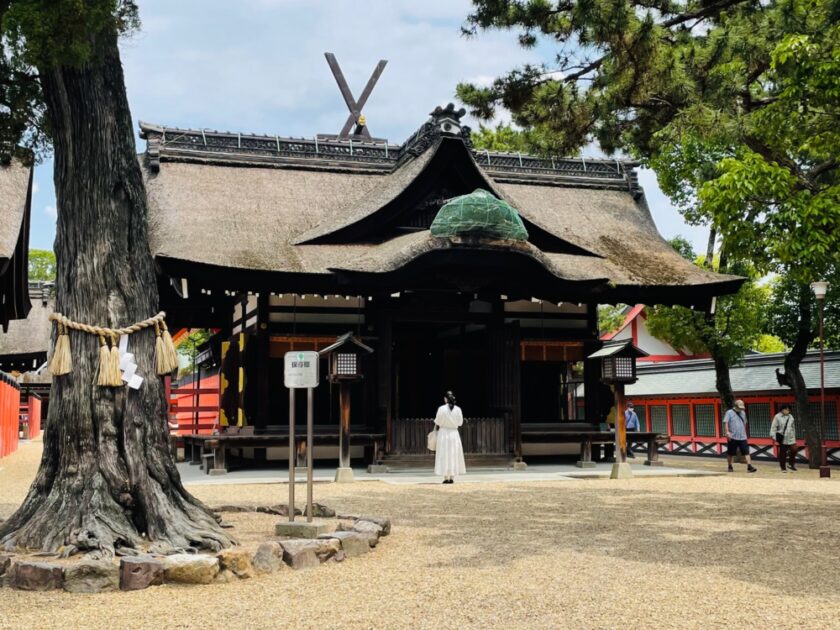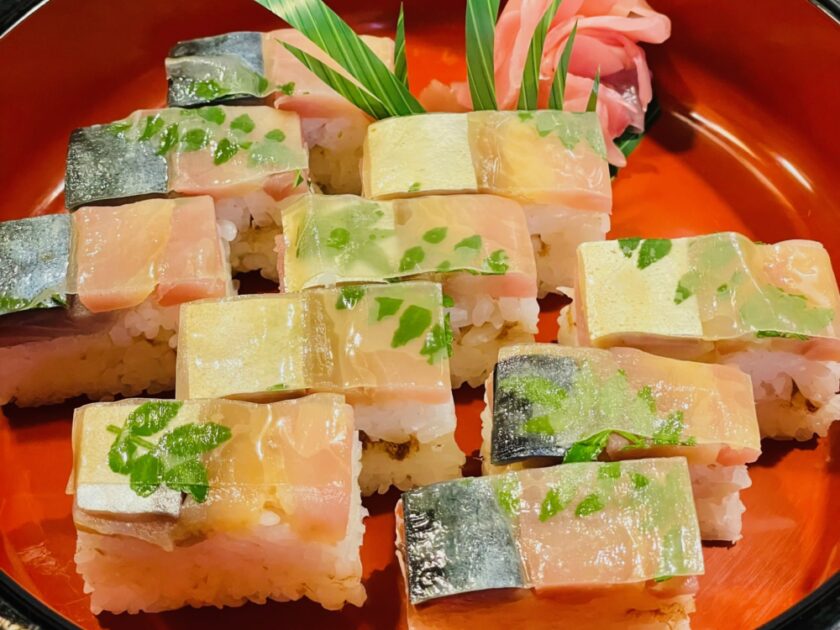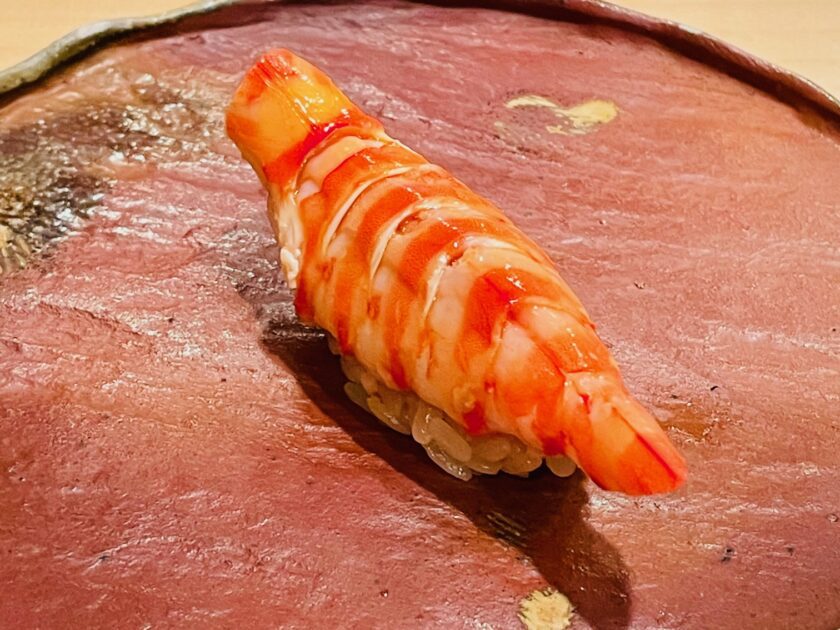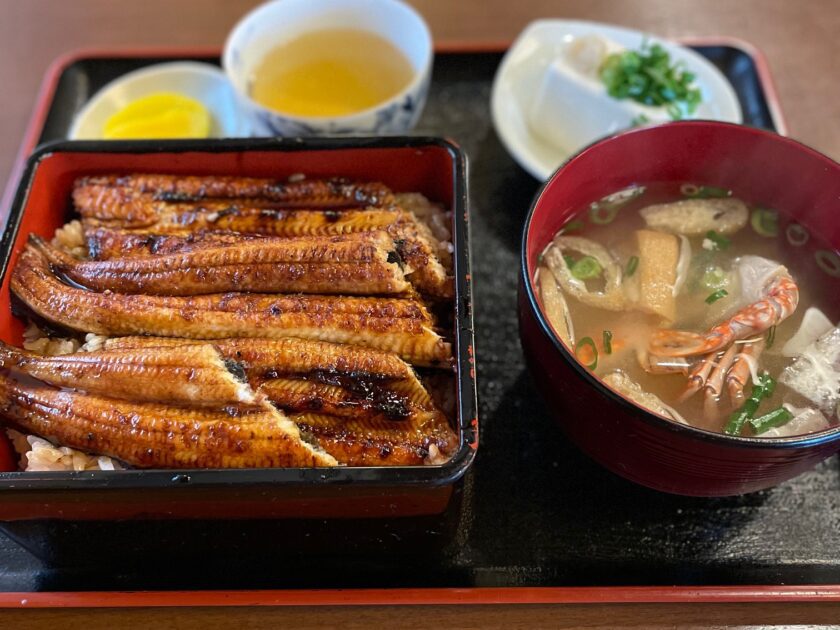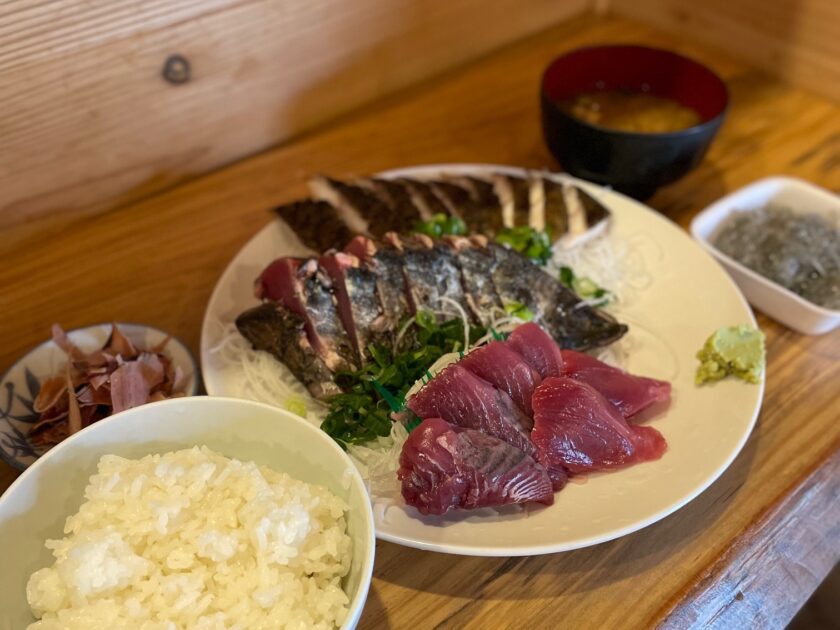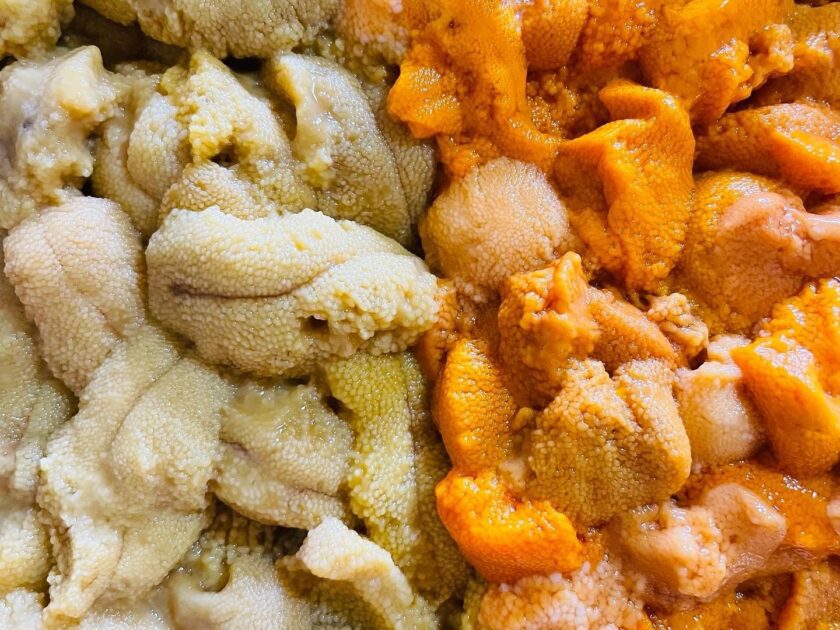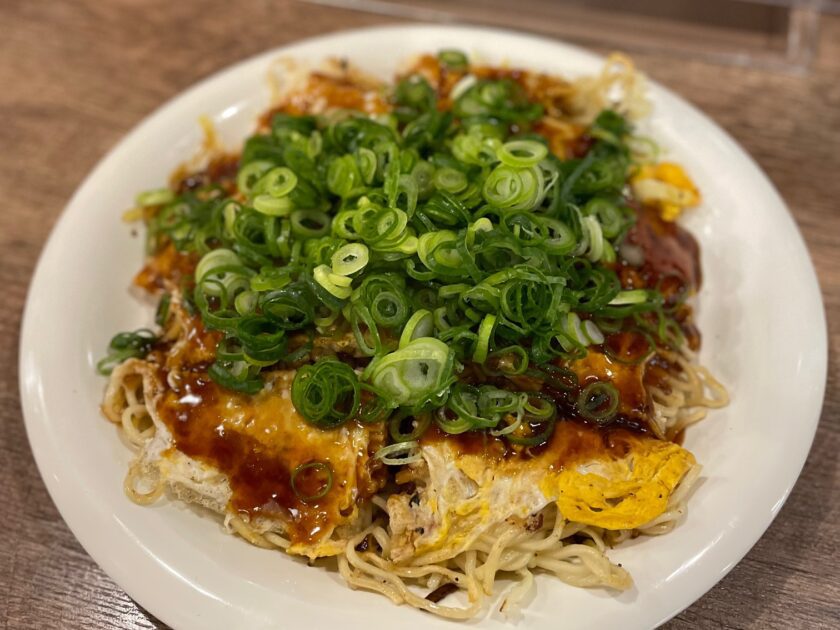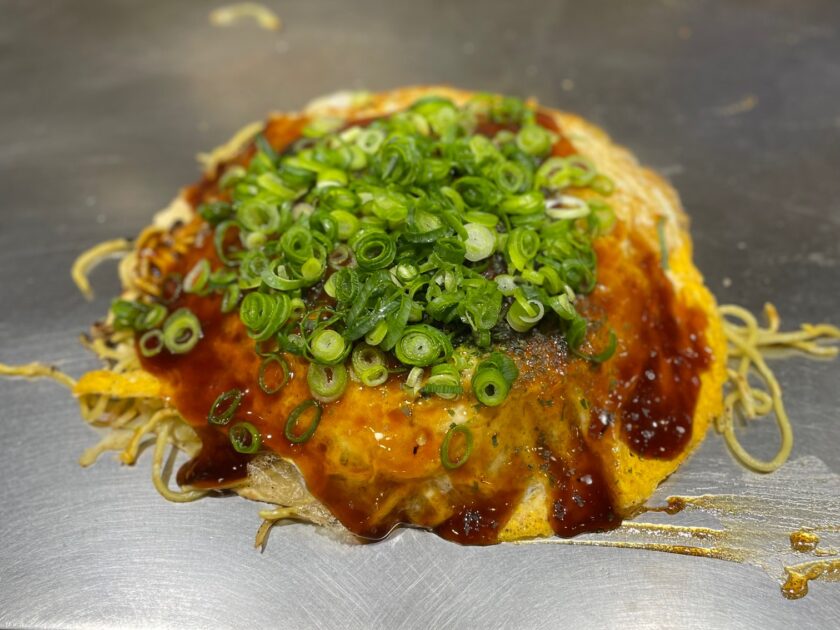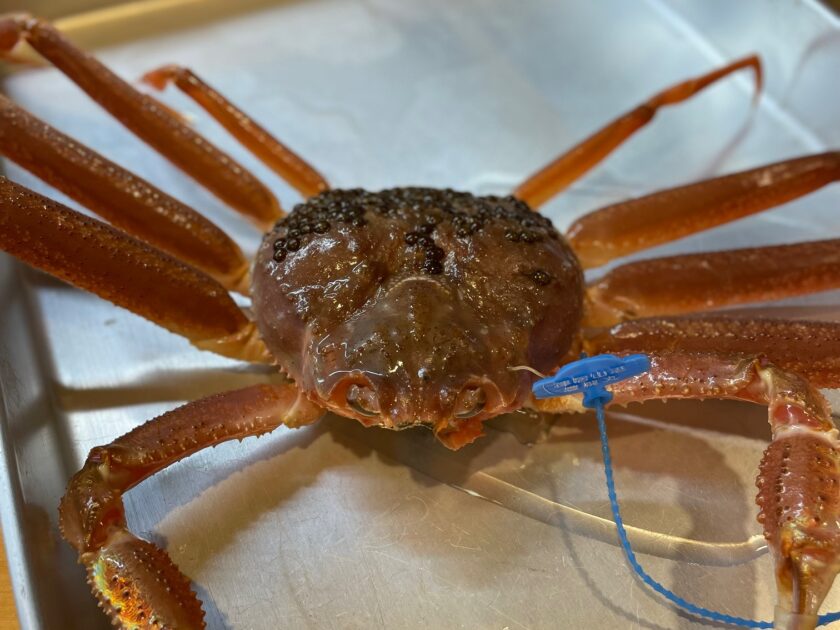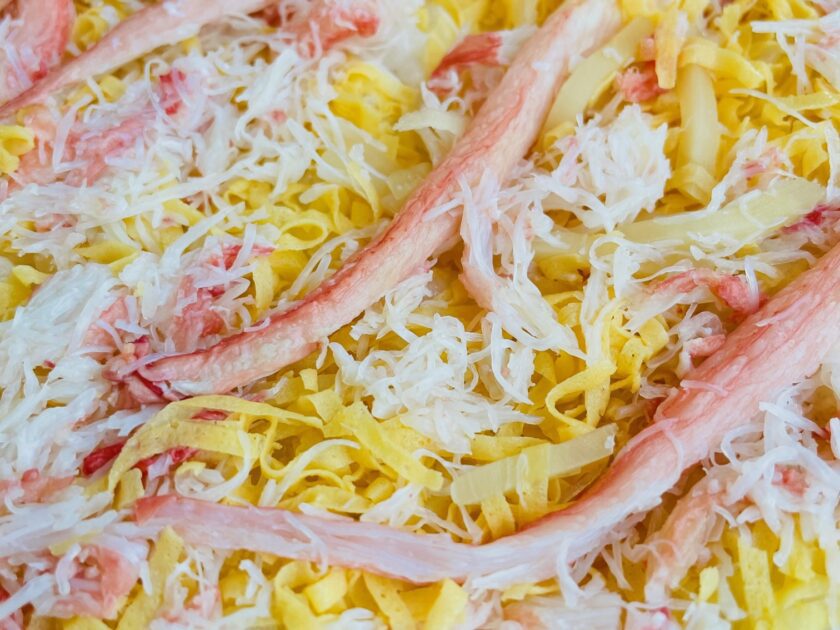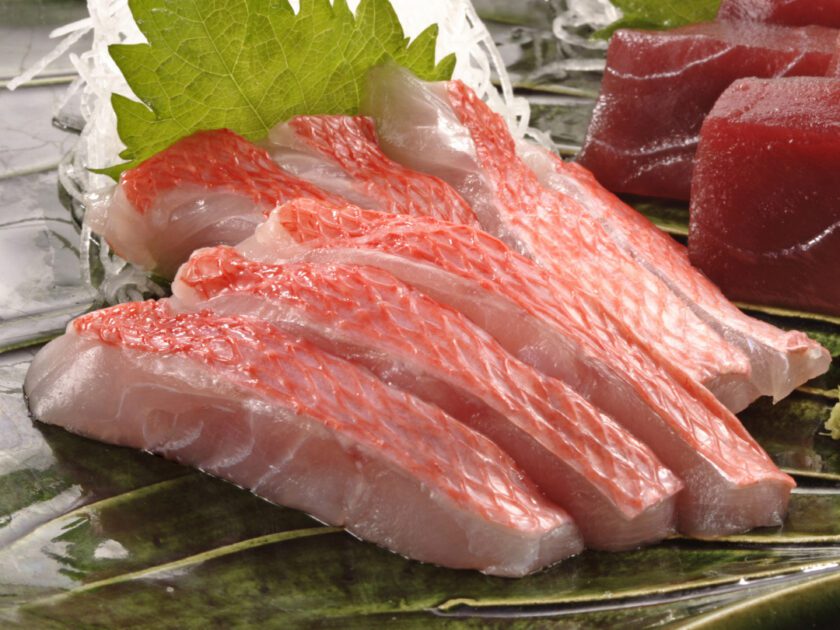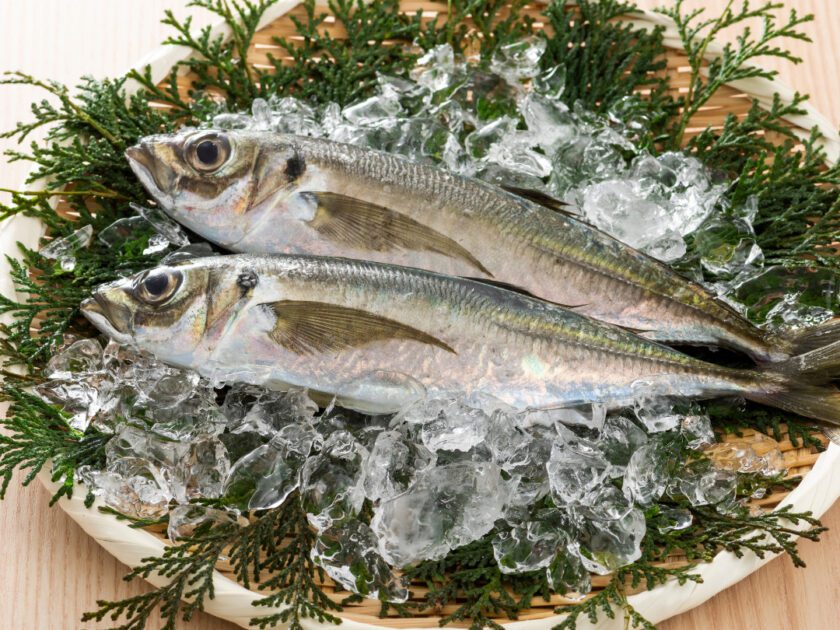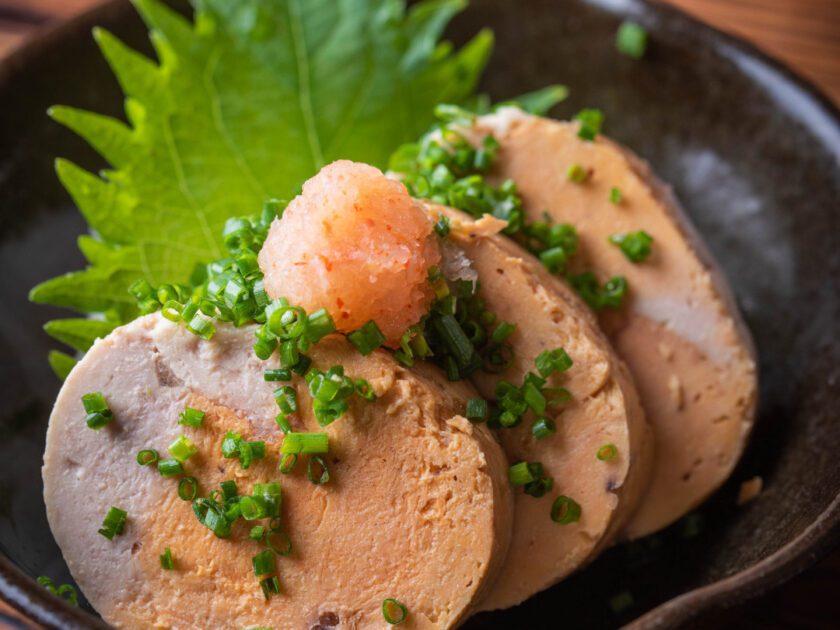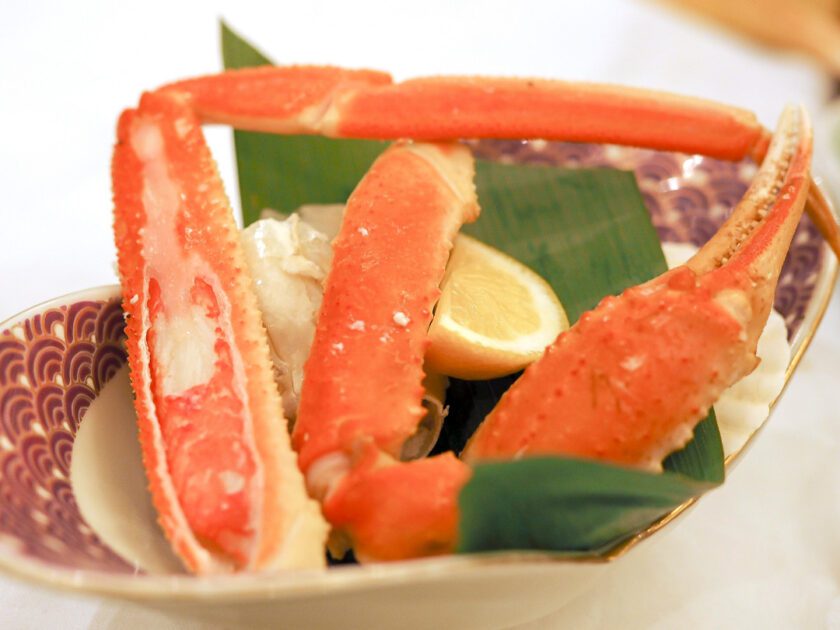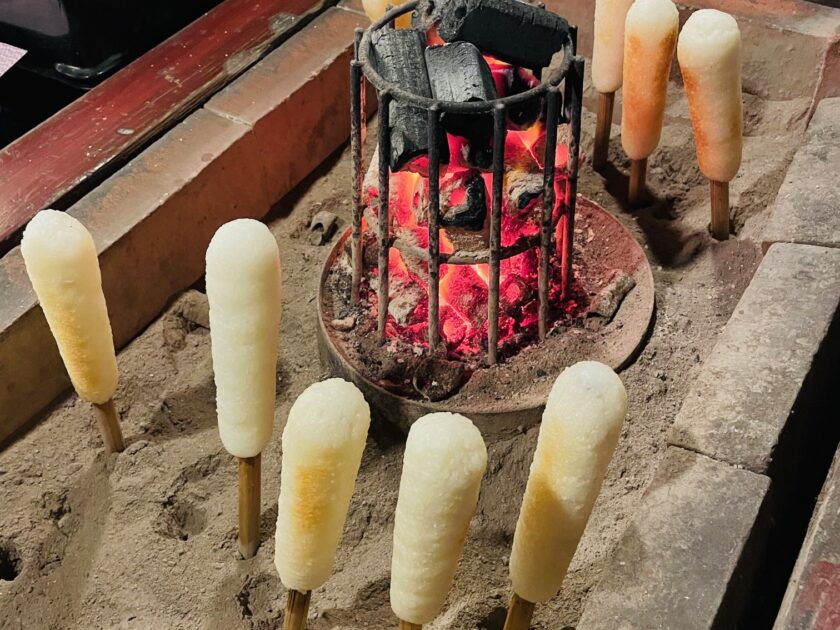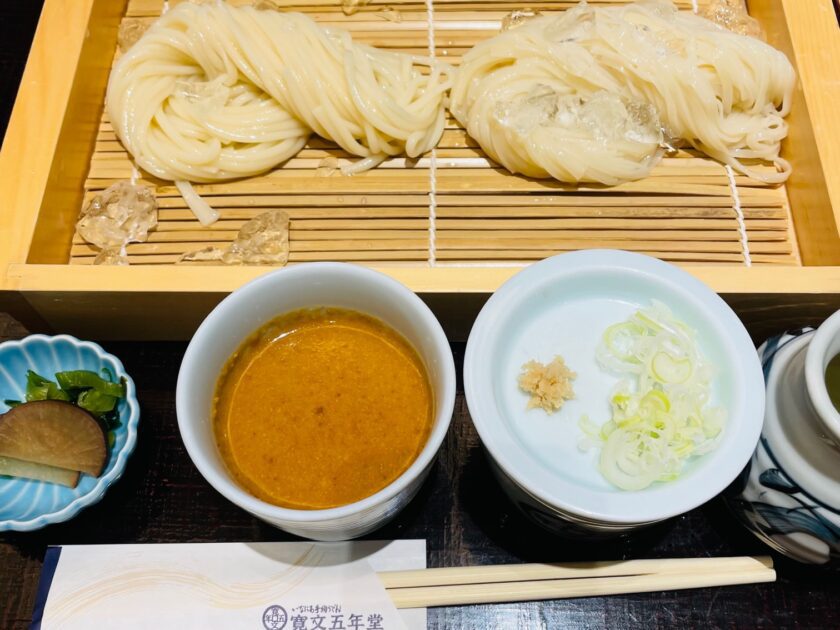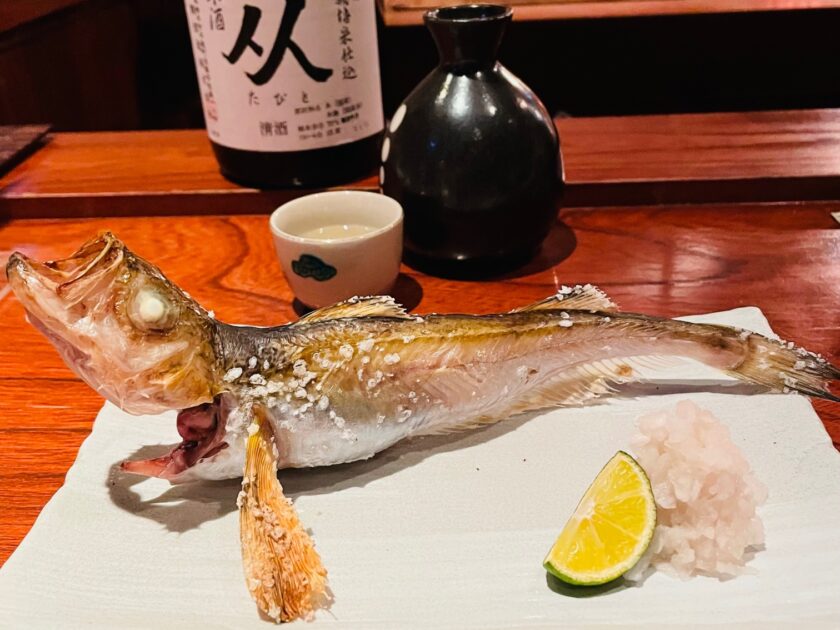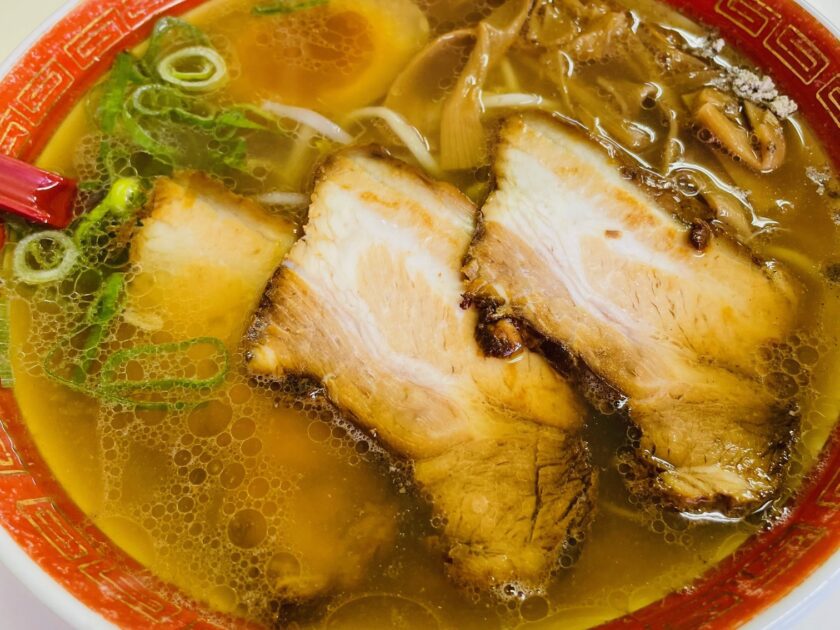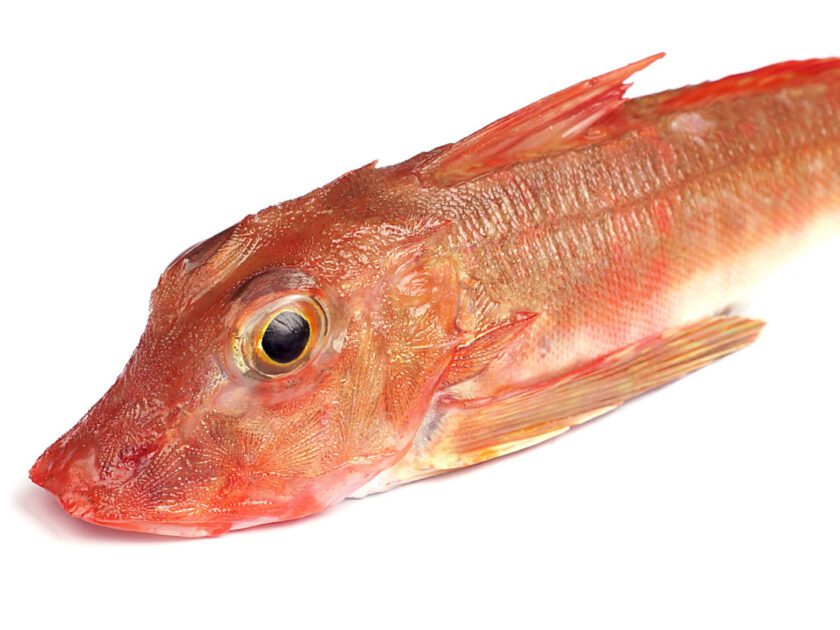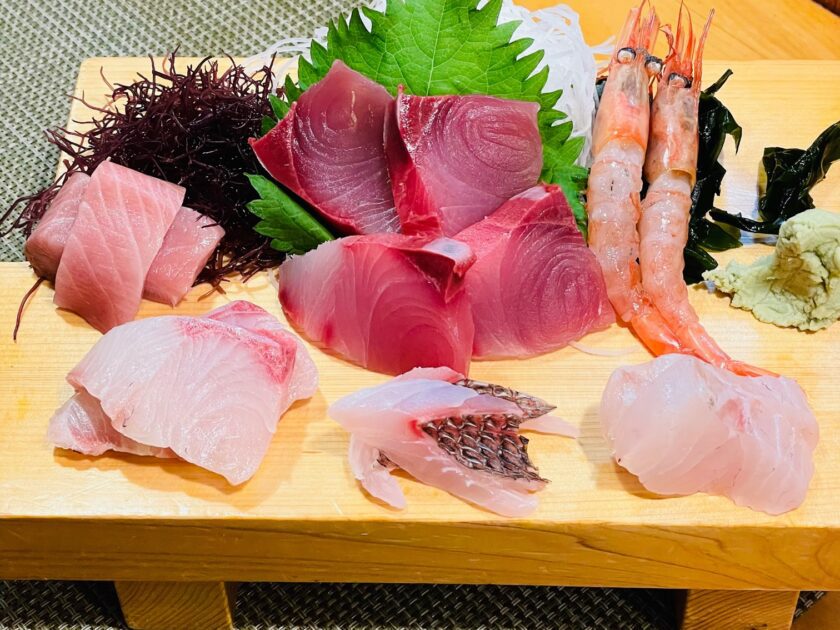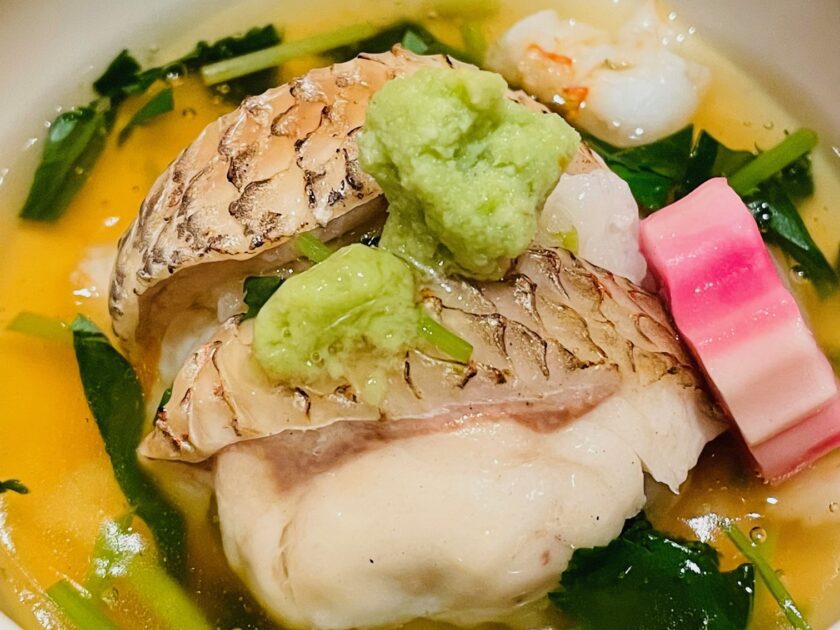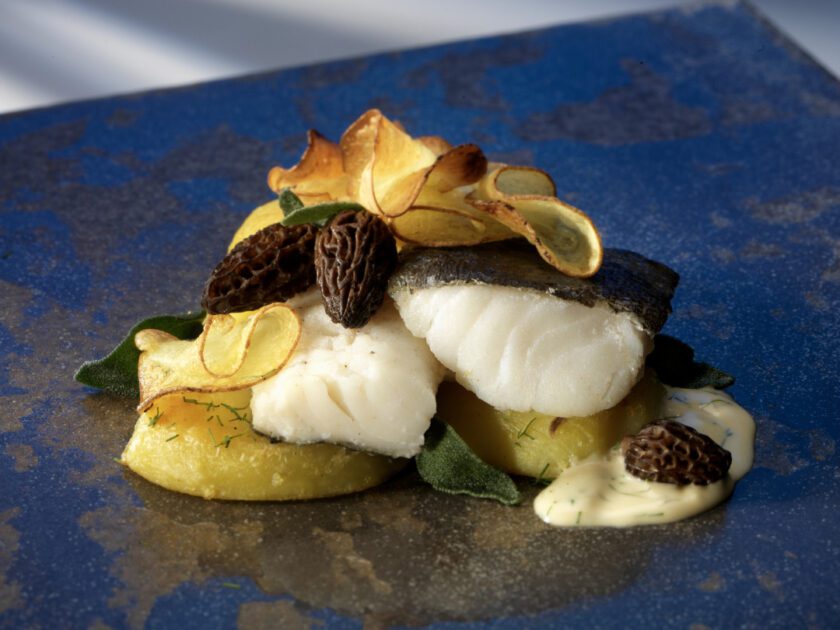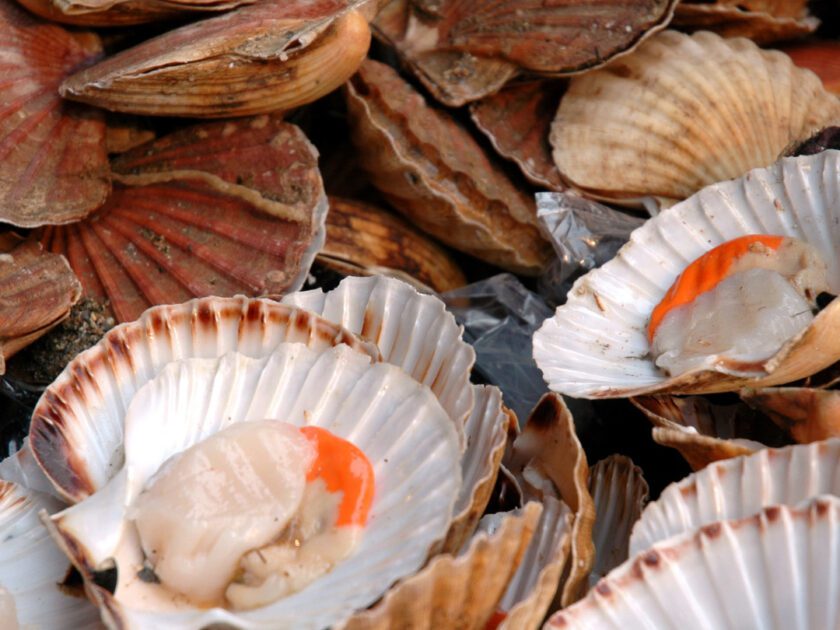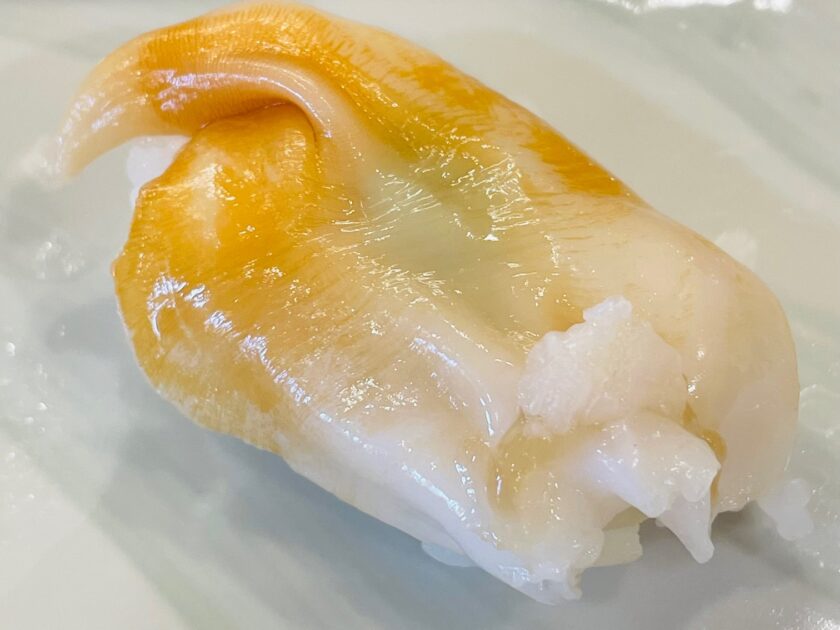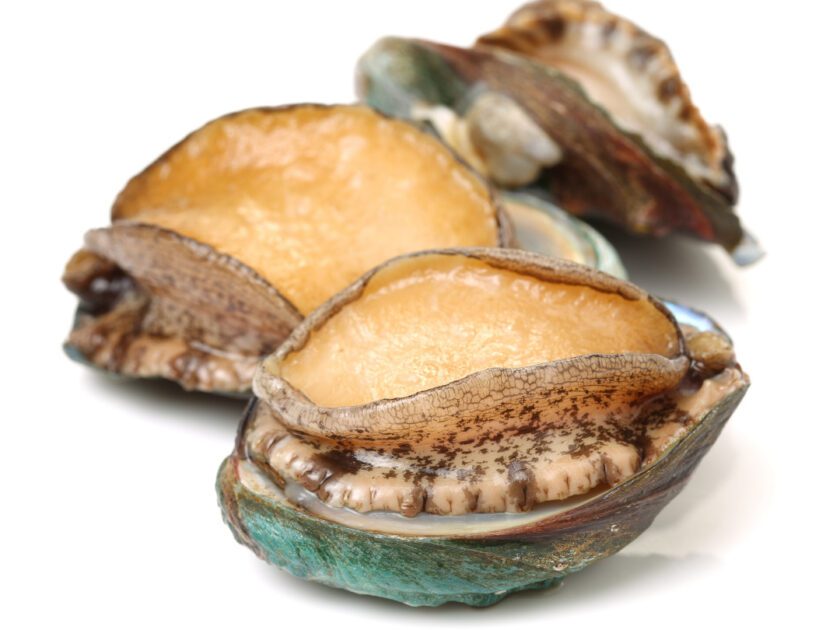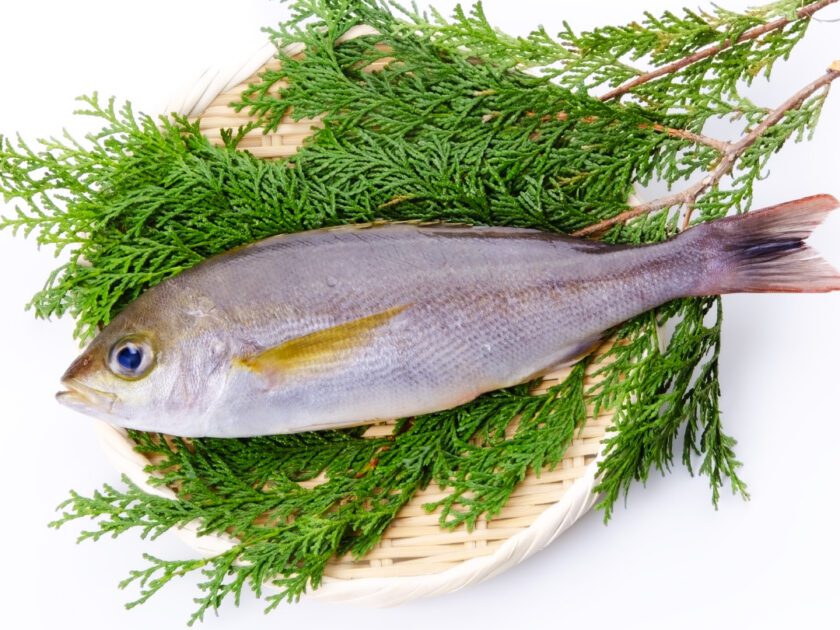Ekiben available in Tokyo 3
Ekiben (lunch box) available in Tokyo 3 english list This is the third post in a series of special features on ekiben available in Tokyo. This time, we purchased ekiben only at Shinjuku Station. There are two ekiben stores in Shinjuku Station. The first, which sells a larger variety of ekiben, is the Ekiben-ya Itadaki. It is located between Lines 11 and 12 and Lines 9 and 10 in the South Exit ticket gates of Shinjuku Station. It is open from 6:30 to 21:00 (as of 15:00 on 30 August 2022), which is a long opening hour, making it a good ekiben shop for travelers. Next is the Ekiben-ya Shinjuku 5 kiosk. It is located in the middle of platforms 9 and 10 where Chuo Line limited express trains arrive and depart. It is open from 6:30 to 20:00. Shinjuku Station has the highest number of passengers in the world, and many limited express trains arrive and depart from the station, so demand for ekiben is strong. Why not choose from a wide variety of ekiben at Shinjuku Station? The average daily number of passengers at Shinjuku Station, including JR, Odakyu, and Keio lines, is approximately 3.53 million (2017),

